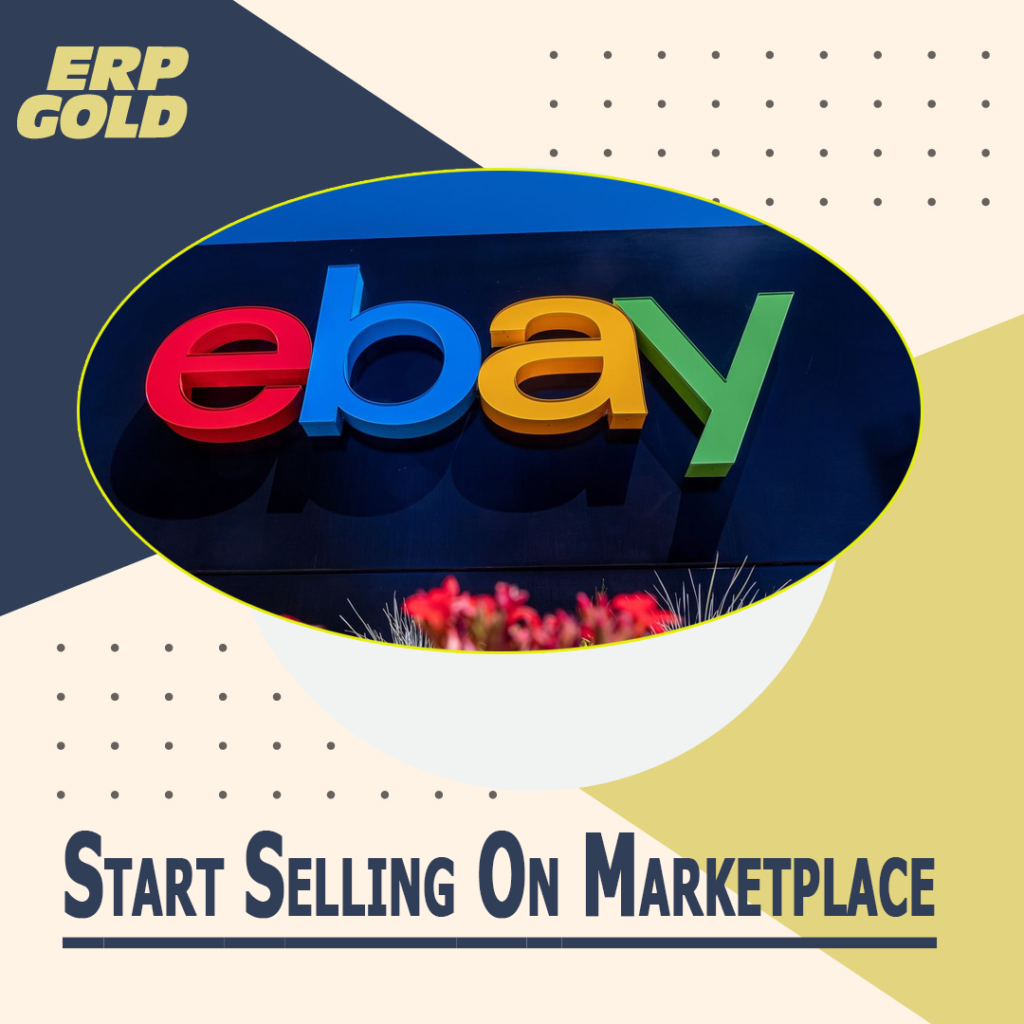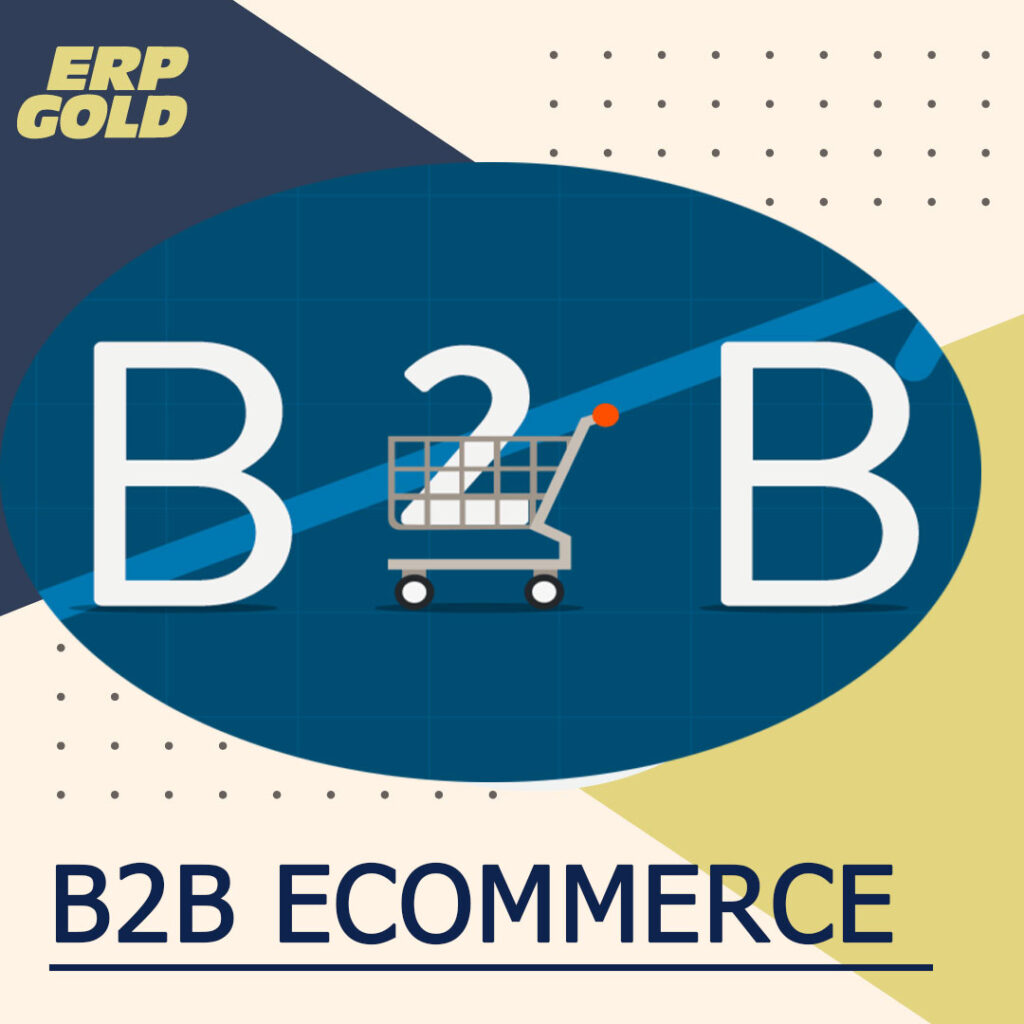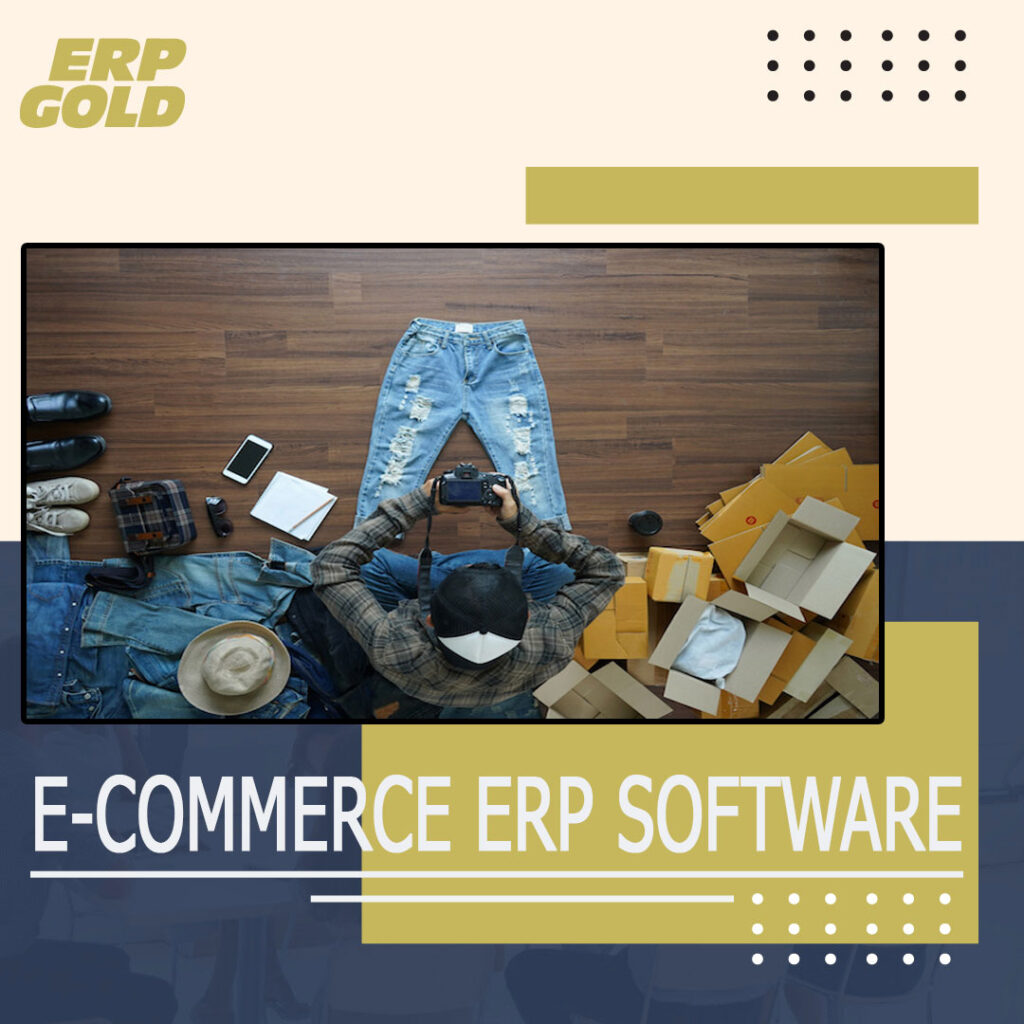What does E-commerce Inventory Tracking software do?
E-commerce inventory tracking software measures the quantity, location, price, and mix of items offered by your firm. These items may be stored in your own warehouse, given by a third-party logistics fulfillment center (3PL), or acquired through dropshipping.
Businesses can see what items are overstocked, in stock, understocked, and out of stock.
Inventory management is linked to financial management. Inventory management provides you a bird’s eye perspective of every pallet’s potential income in any big warehouse. Organizations may make better marketing choices and modify future storage or warehousing requirements.
Inventory management relies on logistics and analytics. Stocking levels reveal purchase, seasonal, and consumer demand tendencies. You’re harming the connection you’re trying to develop with your customers and suppliers by not fulfilling orders on schedule or offering items at a pace you can’t fulfill.
Correcting inventory management errors may cost organizations a lot of money, both in missed sales and dead stock. If you manage your inventory well, you’ll acquire insight into buyer behavior and a better grasp product lifecycles.
 What Are the Benefits of Ecommerce Inventory Tracking Software
What Are the Benefits of Ecommerce Inventory Tracking Software
- Better Inventory Tracking Practices
Imagine how long it used to take warehouse personnel to learn about an order, locate the item(s) in the order, then package the order for distribution.
So long as your inventory management is accurate, you can save a lot of work hours.
Warehouses might suffer from system errors or missing goods due to system errors. A robust inventory management system saves time and increases team productivity.
- Monitoring All Inventory
While one warehouse with one product may work for some, bigger organizations or those anticipating exponential development need to have a plan.
Choosing numerous warehouses, particularly when exporting internationally, adds to the complexity.
An ecommerce inventory tracking software notifies you where your items are and when they’re running short.
Unparalleled insight into many warehouses makes inventory management simpler than ever.
- Wow, Every Client
If your eCommerce website shows an item in stock yet it isn’t available, it produces a confusing customer experience. The more precise your inventory management, the more aligned you are with client expectations. This is particularly true for firms that sell on both Amazon and brick-and-mortar. It’s critical to know your final inventory count and how it changes when orders come in from various sources.
- Get rid of dead stock and squander
While not having enough inventories might be a concern, having too many increases the danger of not selling it all.
Reporting (such as historical sales reports and FBA reports) helps users avoid dead stock and wasted inventory. They feel more prepared and confident using sales data than a handwritten spreadsheet to make reorder choices.
Inventory management systems can show you when you are running low on items and when those you do have are approaching expiration. Extra storage and substantial discounting to get rid of inventories are unnecessary.
When it comes to promotional or liquidation discounts, having the correct e-commerce inventory tracking software foundation and front-end experience is critical.
A sale area on your website or discounts on product pages might entice customers to buy.
- Make Returning Customers More Re-Order Friendly
A consumer often returns to a website to buy the same item. Users can simply access their purchase history and re-order what they need, thanks to your e-Commerce platform‘s excellent inventory management system, invoicing, and login features.
Big Commerce businesses can simply establish email and marketing campaigns focused on product repurchasing with email marketing partners.
- Managing online stock
Inventory management is a vital component of operating a successful eCommerce company. You risk losing money or not meeting client demand. Learn how to create an accurate, efficient, and cost-effective inventory management system.
- Stock check
An inventory audit verifies that the financial records and the actual count of products match. It ensures correct stock reporting and avoids stockouts. A spot check (counting actual goods to verify whether it matches what you think you should have) or a third-party inventory audit may be performed.
- Inventory control
Inventory management is critical to eCommerce success. It is the process of managing and monitoring a company’s stock. The process comprises ordering, refilling, and predicting inventories. A good inventory management system prepares you for unforeseen events like product shortages, storage demands, production delays, and cash flow concerns.
- Online store inventory management
You can monitor inventory levels across channels and locations with inventory management software. An inventory management system is essential in today’s digital environment.
The correct inventory software can automate many of the processes and strategies outlined below, saving time and reducing human mistakes. It is data-driven and gives real-time updates instead of manual techniques.
- Stock control
Inventory management is a key step to guaranteeing your e-commerce firm has the proper stock levels to fulfill orders on time. The main purpose of inventory management is to maintain just the required units on hand without overpaying. Accurate inventory management reduces costs, improves warehousing, and pleases consumers.
- Inventory movement
When a single fulfillment center isn’t enough, consider dispersed stock. Having many fulfillment centers allows you to better serve your clients, particularly if they are spread throughout the nation or you want to provide a 2-day ground shipment.
Consider inventory dispersal if you send many orders or if your items or shipments are hefty. Many 3PLs have many warehouses for rapid, low-cost shipment.
Conclusion
Using technology to understand your supply chain has never been more vital than in the era of ecommerce inventory tracking software and multi-channel selling. Modern companies may sell through physical stores, online stores, Amazon marketplaces, and social media.
The inventory figures must match if a product is bought via one channel. Brands benefit from inventory management tools and precise channel management.
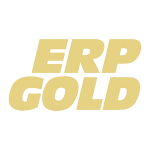
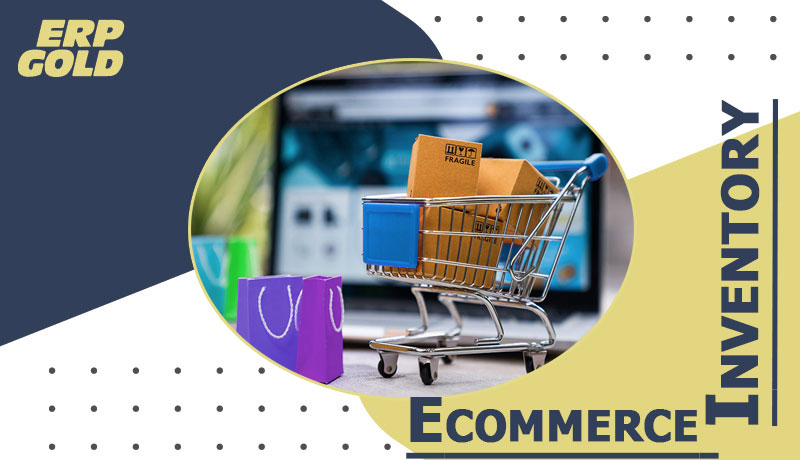 What Are the Benefits of Ecommerce Inventory Tracking Software
What Are the Benefits of Ecommerce Inventory Tracking Software